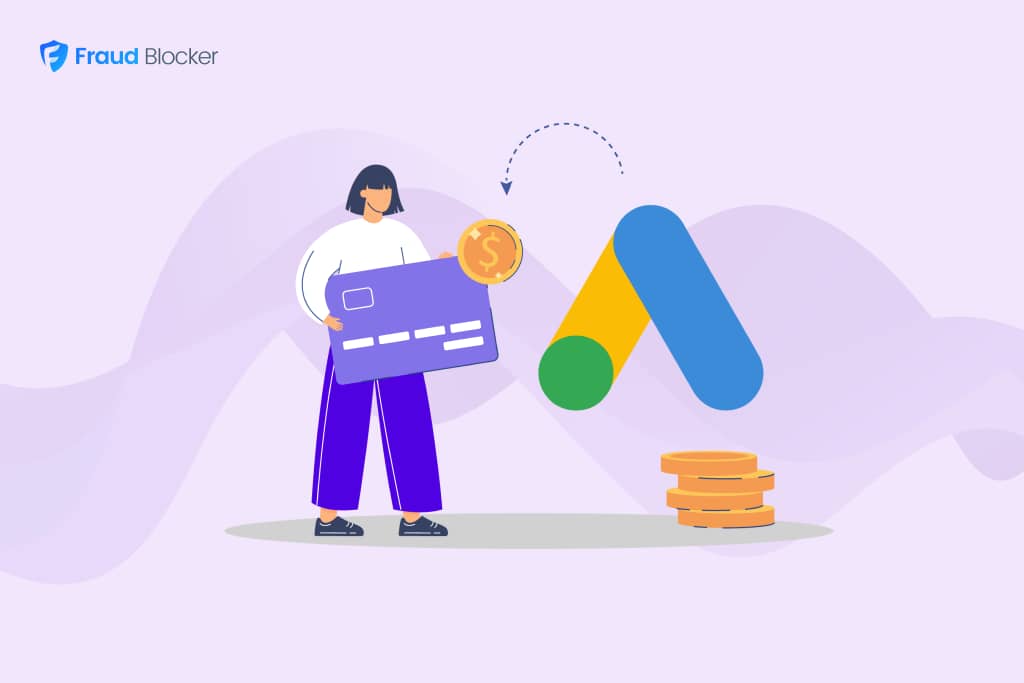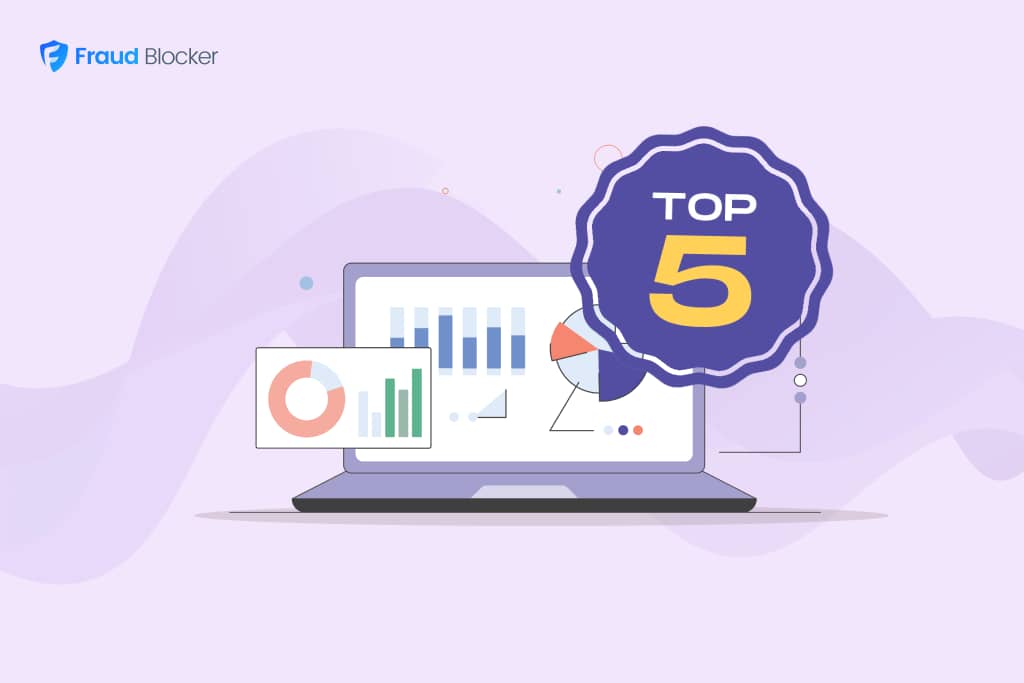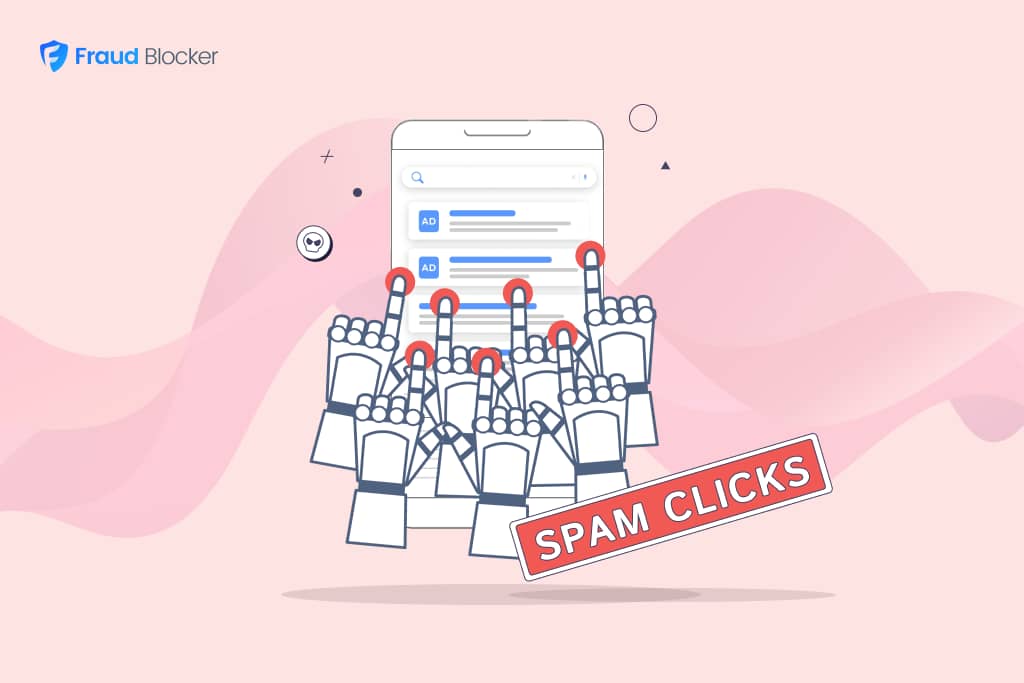
NEW New feature: Verify & block fake emails

We improve your ad performance by blocking click fraud and fake emails

Click fraud is costing advertisers billions in loses. Learn more here.

Click fraud is costing advertisers billions in loses. Learn more here.

The article explains how to get a refund from Google Ads for invalid clicks, which are clicks generated by bots, accidental actions, or malicious actors that do not show genuine interest. Google automatically filters and refunds some invalid clicks, with credits appearing in your billing transactions. However, not all fraudulent clicks are detected, so advertisers may need to manually request a refund if they notice suspicious activity beyond what Google has credited.
To request a refund, you must:
The article also recommends using third-party tools like Fraud Blocker to proactively detect and block invalid clicks, reducing the need for manual refund claims.
Ad fraud still remains a major problem for advertisers with losses estimated to be around $84 billion per year, according to Juniper Research.
Detecting fraud can be difficult, however if click behavior or lead data captured is highly unusual and performance is extremely poor then it may have been from an invalid, or fraudulent, source.
Here’s are the step-by-step directions to receive a refund from Google for any ad fraud occurring in your Google Ads campaigns.
Invalid clicks, also commonly referred to as “click fraud” or “ad fraud,” are clicks that are suspected to be fraudulent.
Invalid clicks often are the result of malicious activity from bots, click farms or other sources that are designed to generate revenue from advertisers entirely from clicking ads with no intent to purchase a product. Clicks from competitors or accidental clicks by consumers can also be considered invalid.
Check your invalid click rate on Google Ads against our benchmark report.
Identifying invalid clicks can be very difficult as clicks from malicious bots, click farms, and other click fraud efforts can be made to look entirely organic.
Google recommends reviewing IP addresses, interaction times on your site (such as traffic with zero time on page), and duplicate interactions to try and identify if the traffic was invalid. This can be difficult, but worth the refund if your traffic behavior is clearly erroneous.
To help give you a sense of the volume of invalid traffic in your current campaigns, Google Ads provides this information inside your dashboard. These can be viewed by adding the columns shown below to your standard campaign reports.
Yes!
Google automatically provides a refund for clicks they identified as invalid. They use these criteria for invalid clicks to be considered eligible for the refund:
These refunds are periodically shown as credits in your billing transactions.
However, Google doesn’t capture all of the invalid/fraud traffic to your site so you should consider filing with Google to receive an additional refund if you have an erroneous traffic or performance to your site (see above section: “How to Identify Invalid Clicks?“).
In order to file a claim, Google Ads users will need to complete Google’s Click Quality Form.
Note: Only the ADMINS of the Google Ads account can submit this form.
The form asks for a lot of detailed information on the traffic so Google can analyze it themselves. This includes information such as IP addresses, web logs, tracking or analytics issues, a summary of the findings and more.
Here’s a partial sample of some of the core information you’ll need to provide:
Once you complete the form and submit it, you may need to wait a while (it can often be weeks before you receive a response).
Also, keep in mind, Google states on their website that not all traffic that appears to be invalid, is necessarily invalid. Bad leads and poorly performing traffic could be the result of broken or poorly designed landing pages, incorrect final URLs, poor targeting, no product-market fit, etc.
There’s no assurance that Google will give a refund, but it can be worth trying. Just make sure the issue you’re experiencing is not a problem on your site, but is truly the impact of bots or accidental clicks, etc. It’s also worth remembering that suspicious traffic and bad ad performance might be caused by a variety of legitimate problems with one’s website, landing pages, campaigns, or ads.
Our internal data and experience with customers suggest that manually submitted refund requests have an approval rate of ~10%. From there, about 30-50% of the requested refund amount is approved.
Note: The success rate for a refund from Google is very low. Despite providing strong evidence, Google does not wish to encourage refund attempts.
Rejections are by far the most common. Here’s what a typical email looks like (this is an actual email we received):
Actual email received from Google after an attempted refund request for invalid clicks.
Fraud Blocker is an independent click fraud prevention tool that detects and blocks bots, malware and other invalid traffic sources in real-time, 24/7.
By using our platform you’ll save on wasted invalid ad clicks and avoid the need to regularly submit to Google Ads for a refund since we block many of the malicious sources clicking on your ads.
Example screenshot of Fraud Blocker’s ad fraud protection software.
Using our service and want to apply for a refund anyway? Not a problem. Simply export the list of invalid IPs we detected from our reports dashboard and then upload those to Google’s Click Quality Form.
Best of luck!


